Show Report: BOOT 2019
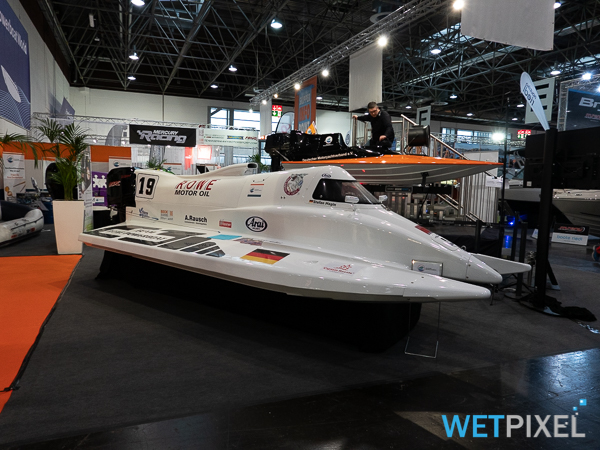
Coverage of Day 2
Keldan Lights
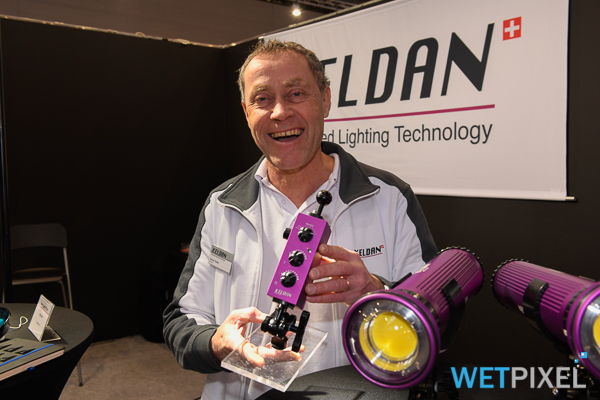
My first call of the day was with Daniel Keller of Keldan Lights. He has been experimenting with remote control of his lights to allow off-camera use and has designed and built a prototype controller that uses ultrasonic sound to give 9 stepless levels of adjustment at ranges of up to 50 m.

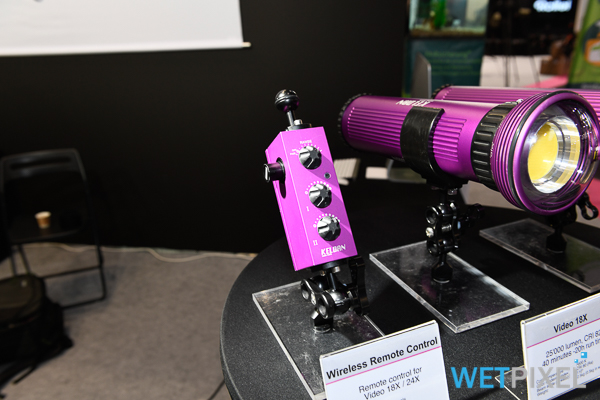
Each transmitter has a unique ID code to avoid interference if there is more than one remote in operation, and can control two groups of lights. Each group can consist of as many lights as is required. It is simple to pair with a light underwater if required.
Ultrasonic control works very well through water, although it does experience some relocation and echo when used in caves or wrecks. To counter this, Daniel has deliberately slowed down the response rate. The delay is no more than 1 second, so is not noticeable.
The new remote will work with 18X and 24X lights, which will have the ultrasonic receiver fitted. Their bigger form factor provides enough space for the additional circuitry needed. It is powered by a single 9V battery, which is only actually being used when a light is being controlled so has a long life.
Daniel and I then discussed white balance! There has been thread about combining ambient and artificial light on the forum, so it seemed apposite to ask the master of underwater color! Daniel recommends that the white balance should be to the dominant light source. If the primary light source is the ambient light (perhaps while shallow in clear water), and the artificial light is just filling in shadows, the camera should be white balanced to ambient, and vice versa. He also mentioned that once deeper than 20 m, there is no advantage to white balancing the camera as there is no red at all. He recommends white balancing at between 15 and 20 meters and retaining this setting if venturing deeper. He also suggests that the camera is white balanced every 2 meters or so.
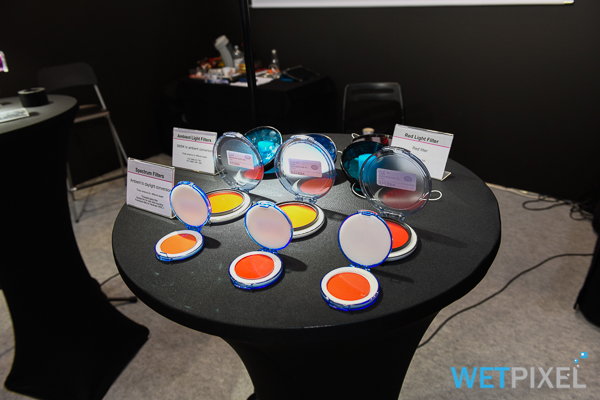
This is why Keldan offers multiple versions of their correction filters. Their S1 version is designed to be used to around 5m, N1 to 10m and D1 to 20m. Each filter has a compensation depth and will operate around this depth, so there is some flexibility. The blue filter is purpose designed to match the color spectrum of the water at the stated depth, which means that the light looks natural.
Keldan now offers 5 lights:
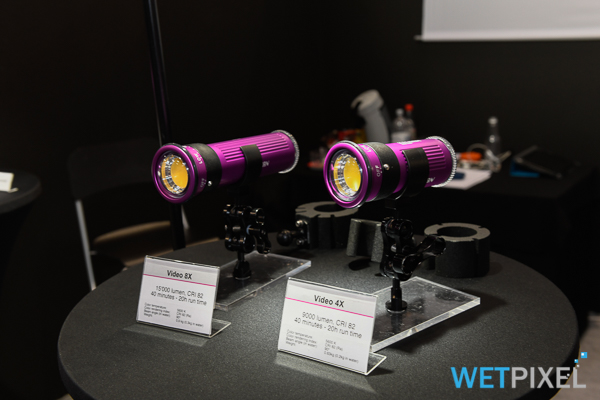
- 4X: 9,000 lumen
- 8X: 15,000 lumen
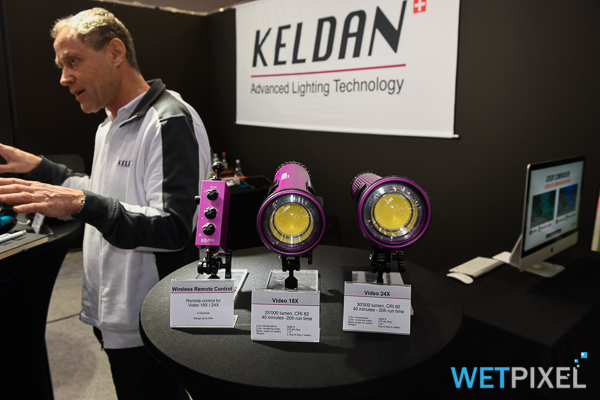
- 18X: 25,000 lumen
- 24X: 30,000 lumen

- Modular: Allows different light heads for special purposes.
Daniel mentioned that scientists from the Max Planck Institute for Marine Microbiology approached him to design a hyperspectral version for cataloging coral health. This produces more light at the UV end of the spectrum via a unique LED.
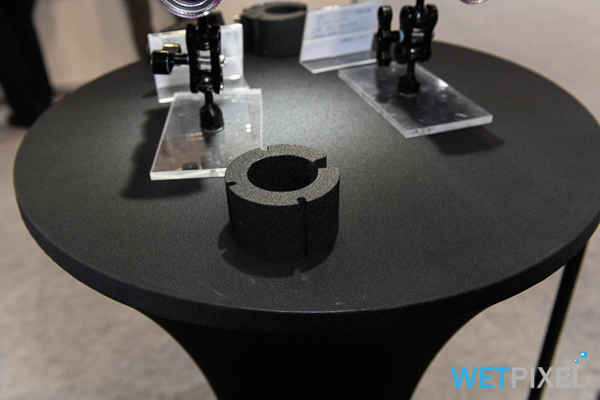
All Keldan products are rated to 200 m, and this includes the floats and float brackets that can be fitted to provide buoyancy. Daniel has tasted them to 20 bar in his pressure pot!
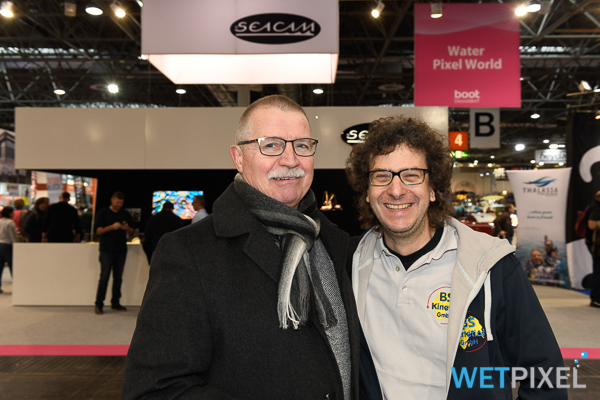
Subal
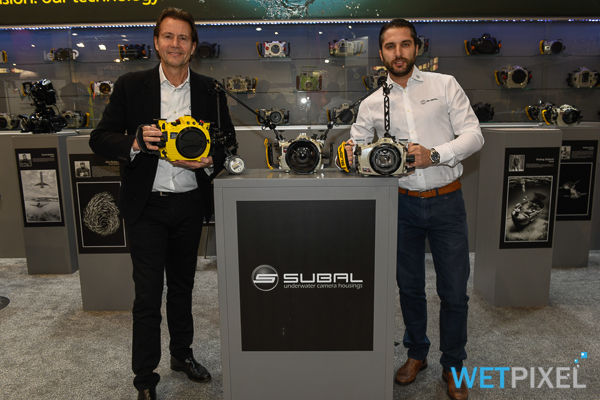
Vladimir Mladenovic showed me through the new housings and products on Subal’s stand. The company has designed a new vacuum monitoring system, and the electronics for this will be fitted as standard to every housing in future.
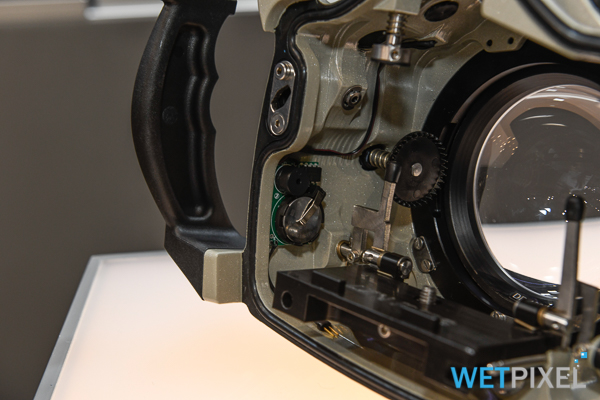
If the owner wishes to add the new vacuum bulkhead, this is an optional upgrade and can be fitted to an M14 port. The new circuit’s form factor is identical to that of Subal’s existing moisture alarm (the new one is a moisture alarm too) so Subal will offer the new monitor as an upgrade to existing housings.
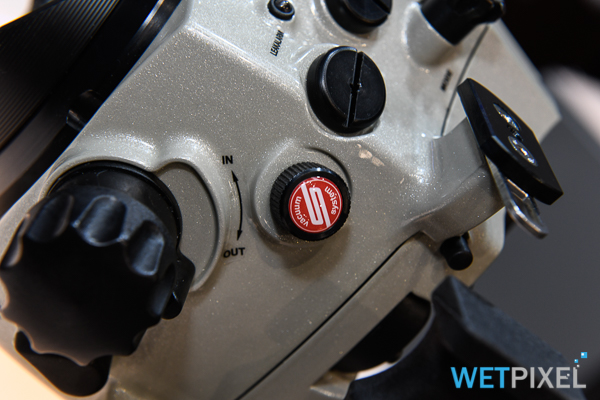
The bulkhead has a protector cap, but it can withstand pressure down to 20 m without leaking.
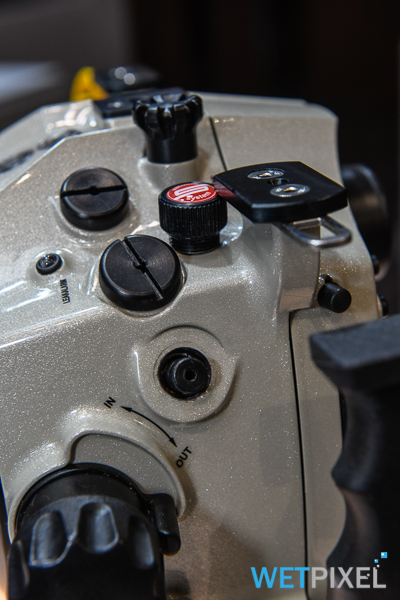
Another new feature common to all new and existing Subal housings is the possibility of fitting a TTL board. The company offers TTL flash control for Nikon, Canon, Panasonic/Olympus, and Sony. The boards will fit all Subal housing whether they have Type 3, 4 or 5 port sizes.


Vladimir then showed me their new housings. There are some common new features, which includes a new machine process that allows more precise removal of metal, resulting in weight and size advantages.
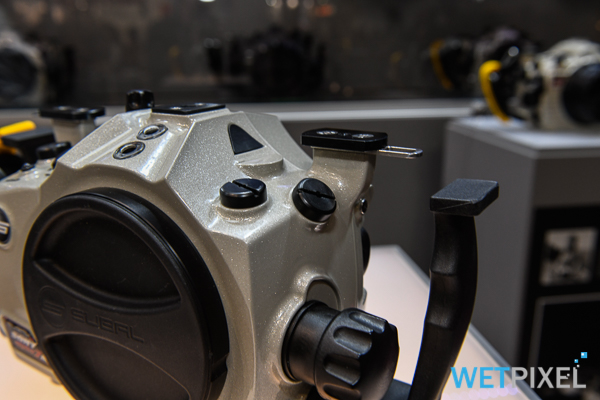
Most housings now have an M16 port to allow for HDMI bulkheads, and there are typically 3 additional M14 ports for electrical sync connections and the vacuum bulkheads. All the new housings feature the split shot indicators on the sides of LCD window, their new easy opening latches and the drainage channels that allow water to exit the buttons, helping prevent them from sticking.
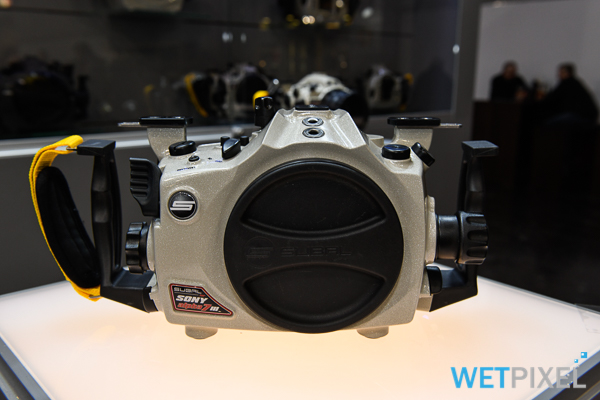
There are three new mirrorless housing offerings, which are all the same shape, weight and size. Specifically they are for Nikon Z6/7, Canon EOS R and Sony a7r III/a7 III. They all have a one M16 and 3 M14 ports and are fitted with the new vacuum/moisture alarm circuit.
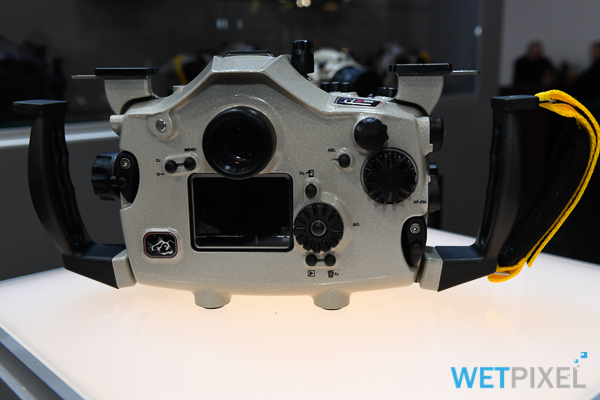
They have the option of electrical or optical flash triggering. The a7 housing is shipping now, with the Nikon and Canon housings expected to ship around 15 February.

Vladimir then showed me Subal’s housing for the Nikon D850.
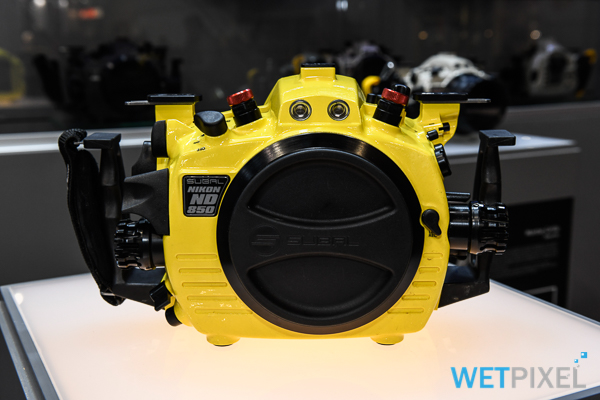
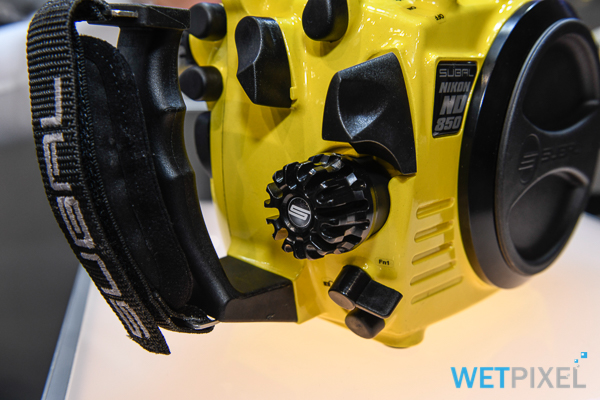

It was offered in a limited unique yellow color and with aluminum control dials to celebrate Nikon’s 100 year anniversary. In general, Subal can offer alternative colors and control features to order.

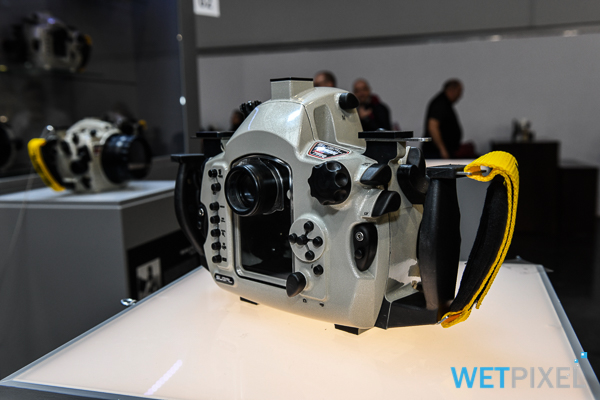
The last new housing we looked at was for the Nikon D7500. This was the last housing that was produced using the “old” manufacturing process and although still light and compact, it is impressive to see how much weight reduction and reduced size the new process has created. It also has space to allow the pop-up flash to be used to trigger the strobes if required.
We were joined by Subal owner Harald Karl, who mentioned that they will be adding video housings for the Canon C200 and XF405 cameras over the next couple of months. He observed that video specific housing and cameras still offer significant advantages in terms of both capture and operation. Subal will continue to offer support of Leica cameras and will be adding housings for the M10 and CL cameras soon. Lastly, they are designing a housing for the Hasselblad X1D-50C medium format mirrorless camera.
Vladimir has been talking to Laowa about their 24mm f/14 2X Macro Probe lens. Subal plan to build an adaptor that will house the lens and allow it to be attached to Type 4 bayonets. This will incorporate manual controls for focus and aperture and a power source for the lens’ LEDs. There will also be push-button control of the LEDs on the adaptor.
Umi Umi

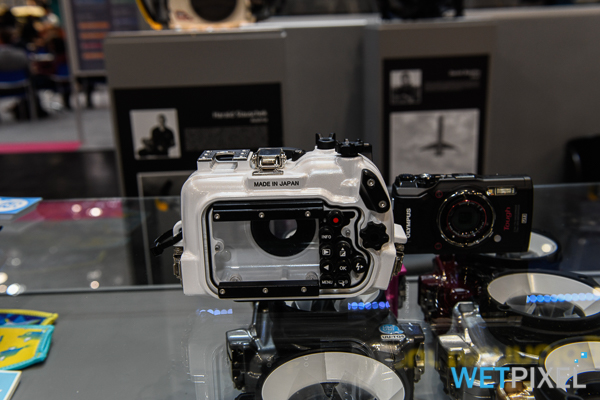
Sharing some space on Subal’s stand was Hiroyuki Yamazaki of Umi Umi.

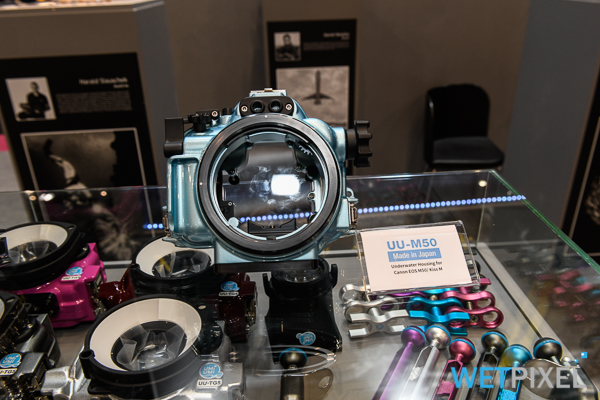
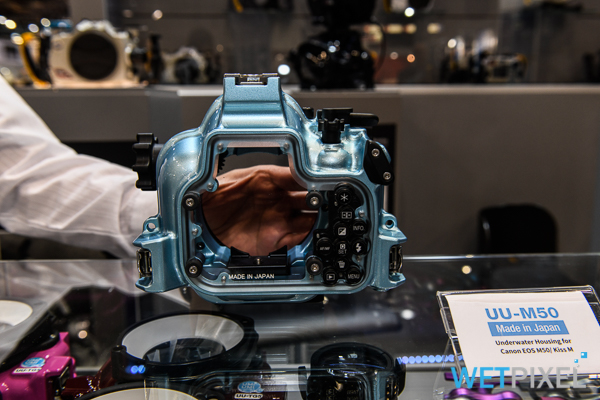
The company produces funky looking ABS housings for the Olympus TG5, EOS M50, Panasonic GX9, Olympus OM-D E-MI II and Canon EOS M5. they plan to add additional models soon.
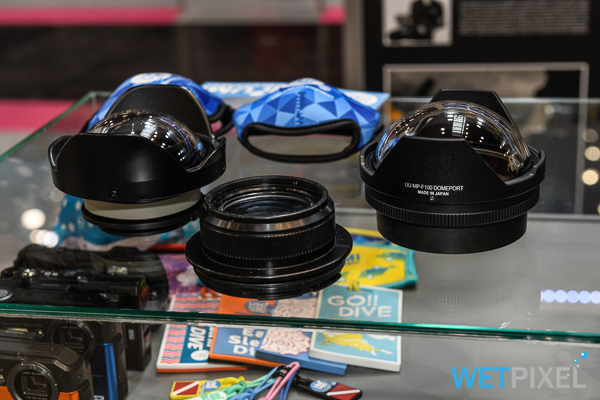
The housings are supported by a range of dome and flat ports, zoom gears, trays, arms and accessories. They are all rated to 60m
The UU TG5 for the Olympus TG5 is available in 16 colors and can be fitted with a bayonet ring flash diffuser.
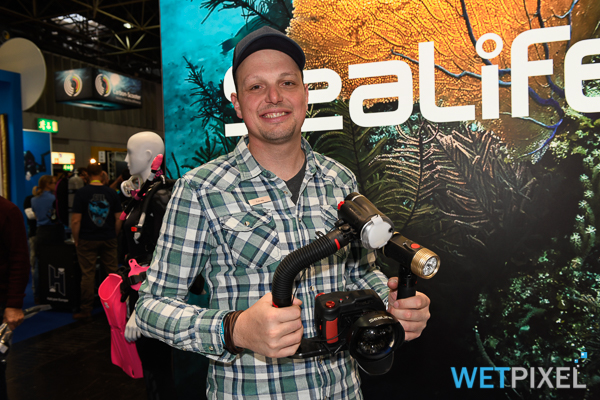

Isotta

Isotta’s distinctive red housings have been joined by a new housing for the Sony a7 III/a7r III.

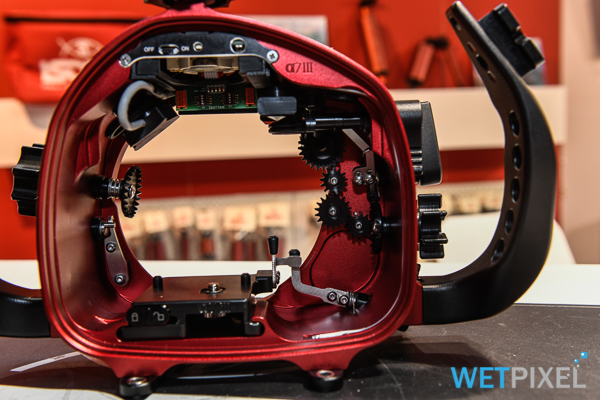
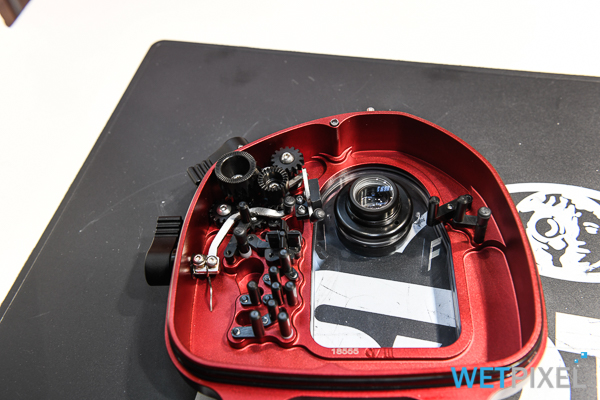
It features Isotta’s one-handed door release with double O ring seal. Elisa Isotta pointed out that the controls are all simple, and are typically in line with the camera controls. She emphasized that almost anything on Isotta housings can be fixed with an Allan key!
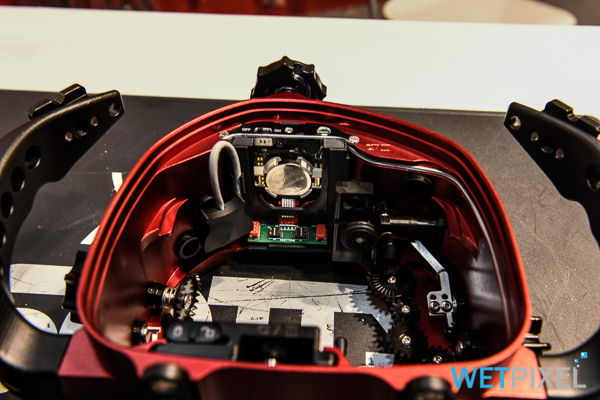
The a7 III housing ships with a manual opto-electrical converter for flash triggering. There is the option of inexpensively adding N5 or S6 bulkheads if required.

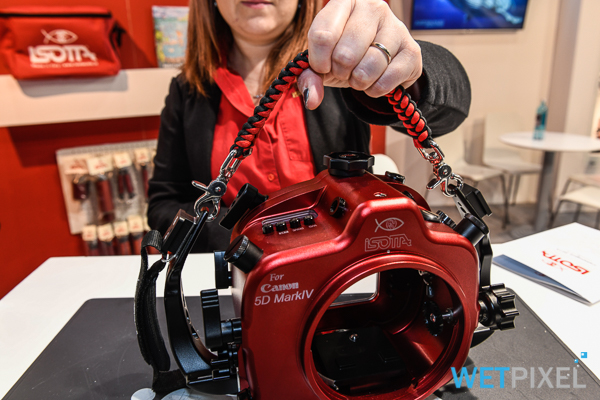
Isotta will be shipping housings for the Panasonic LX15 and Nikon Z6/7 in February.
Other new products include a hand strap, lanyard and a Goodman style handle for their GoPro housings.
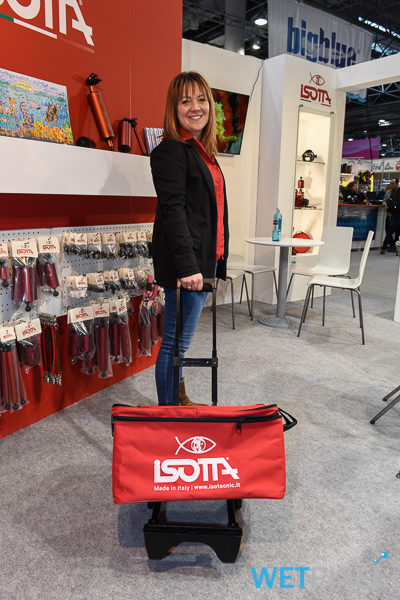
Isotta has expanded their housing bag range. There are now 2 different sized housing bags, and they feature slots to allow them to be attached to luggage trolleys if required
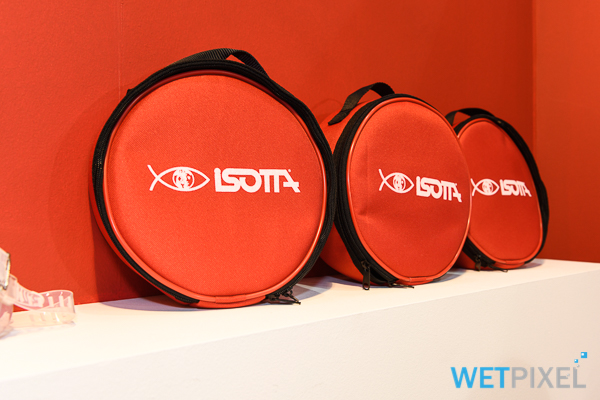
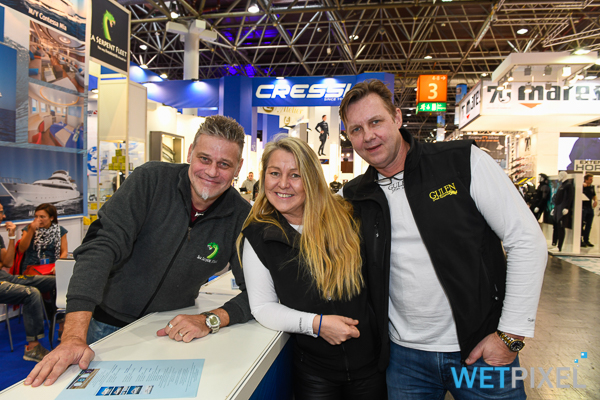
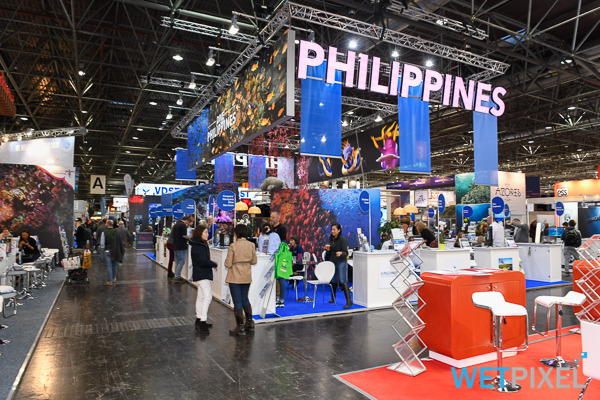
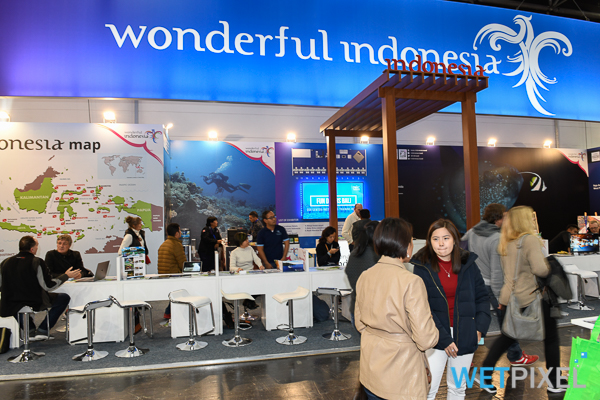

World Shootout
The 2018 World Shootout will be holding a live awards ceremony at the show. This will be on the Water Pixel stage of Hall 4 on Saturday 26 January commencing at 4.00pm.
David Pilosof kindly shared this video featuring the final entries for the contest:
In common with many contests, black water images are expected to feature in the results!
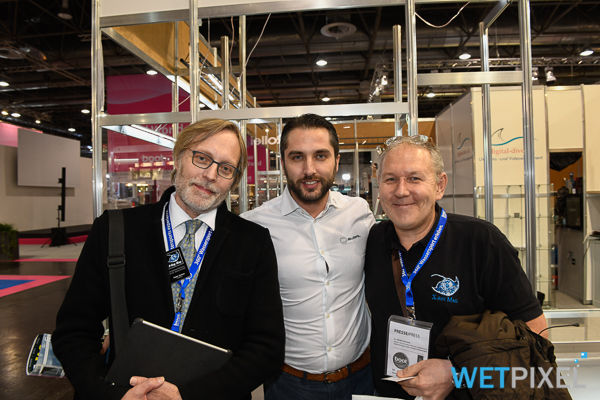
Marlin
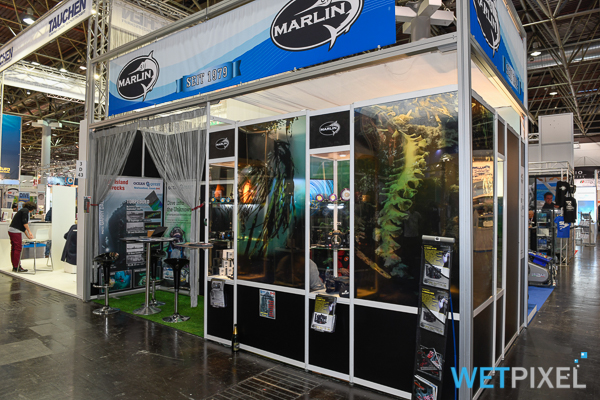
Marlin acts as distributors for Aquatica and Gates Products.
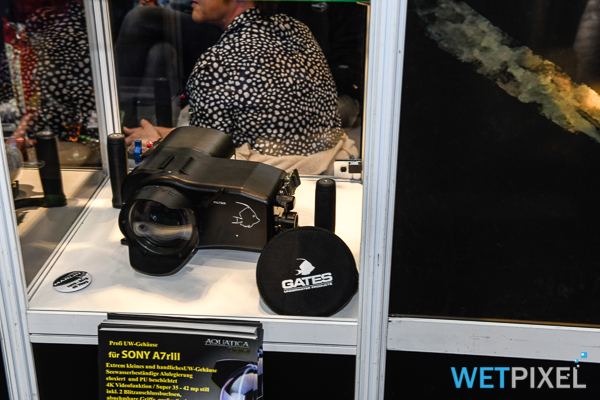
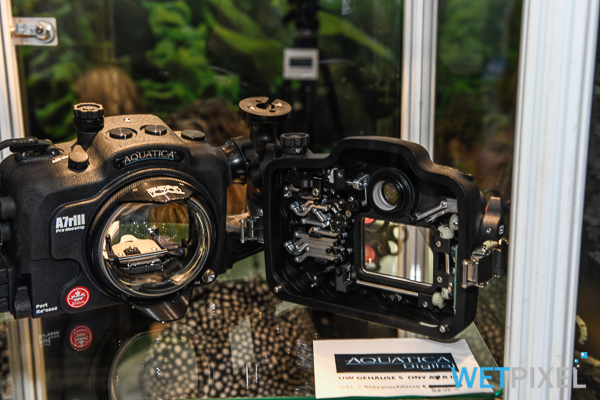
Their booth is in the main diving hall, rather than the imaging one adjacent to it. The booth was busy, so I was unable to chat to them, but will try again tomorrow!
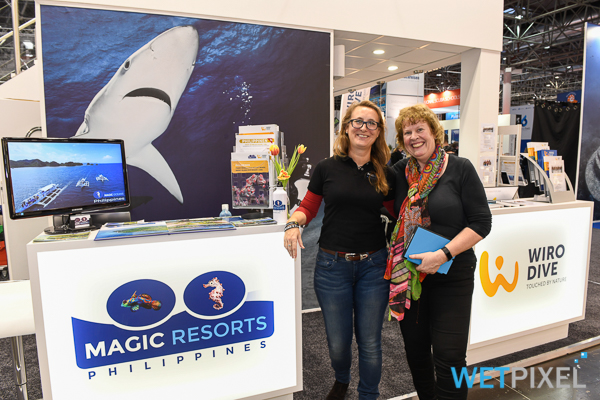
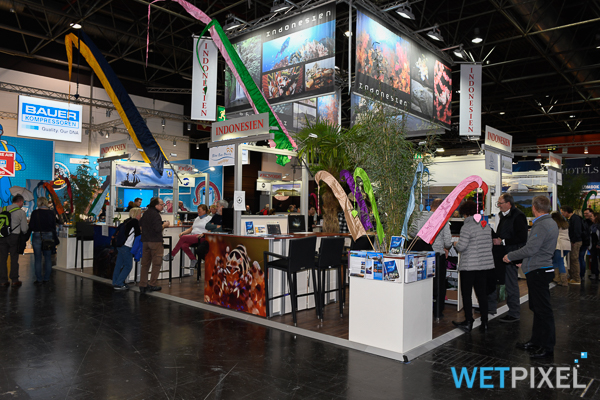
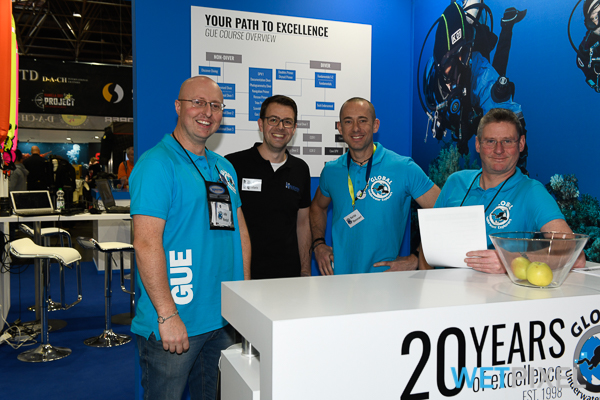
Seacam Jazz Band Ball
Now a BOOT tradition, Seacam hosts a jazz band party on their booth. It attracts a big crowd of image makers and is the worthy equivalent on the Wetpixel/DPG party at DEMA. Of particular note is Kurt Amsler on the drums…
The party started at 5:30 and went on until late. I will let the images speak for themselves!
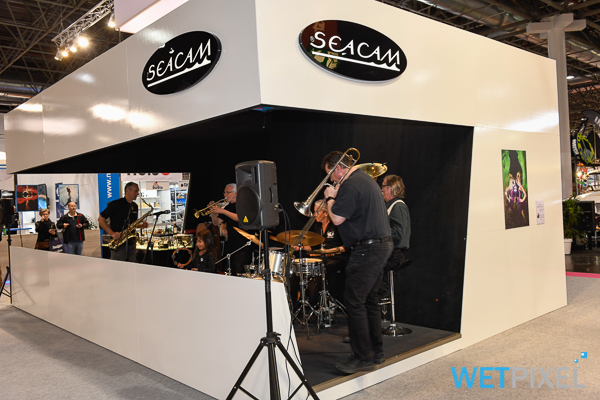
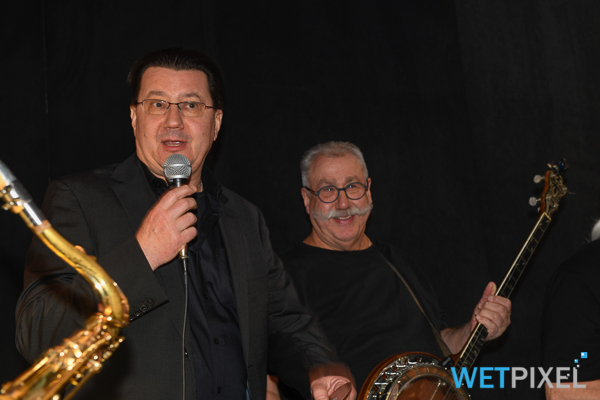
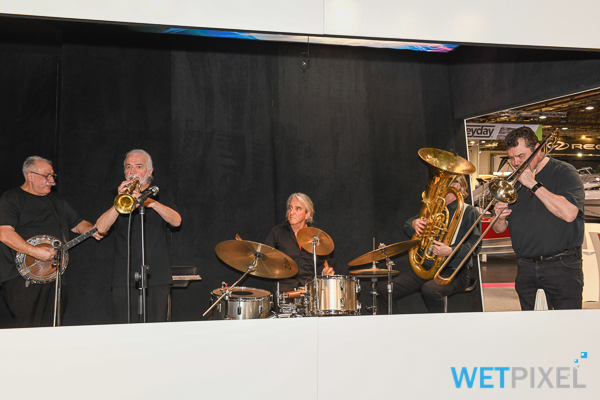
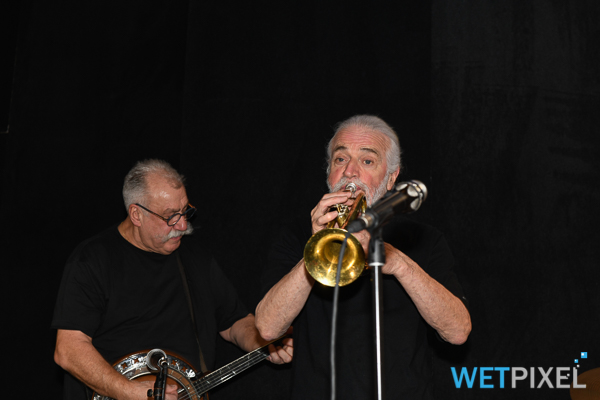
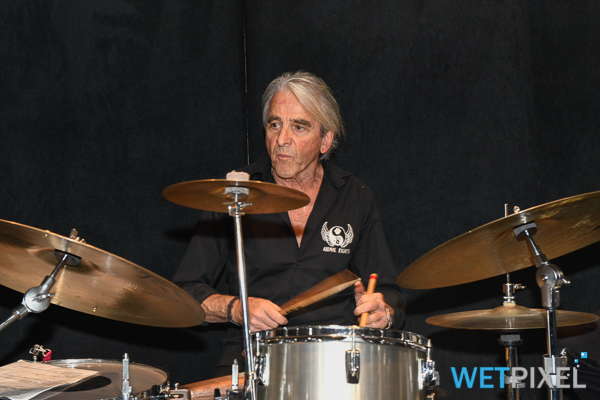
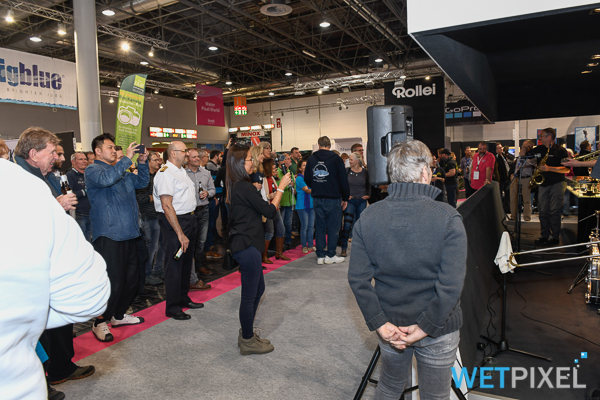
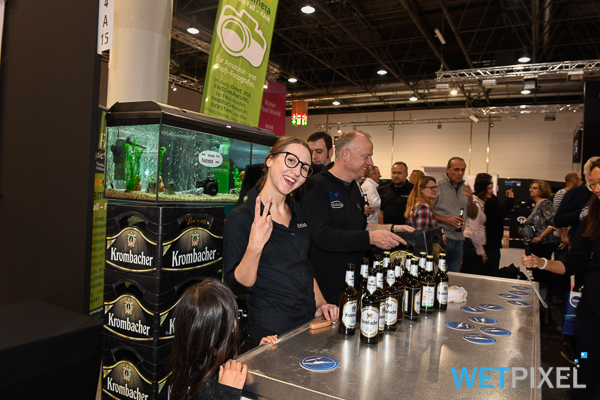
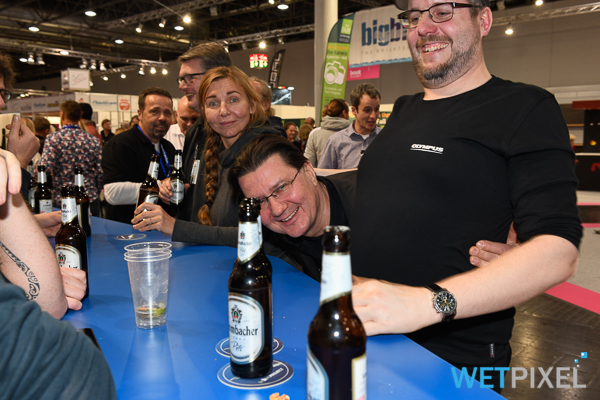
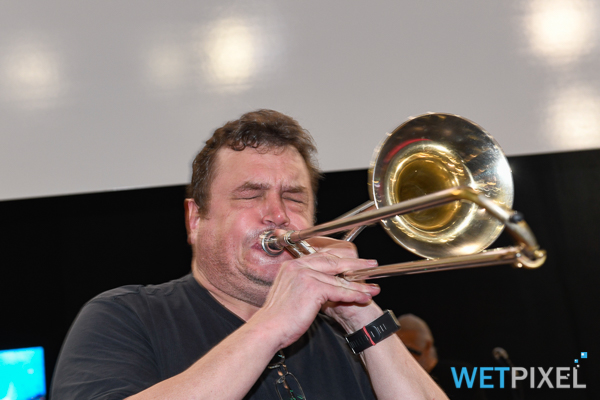
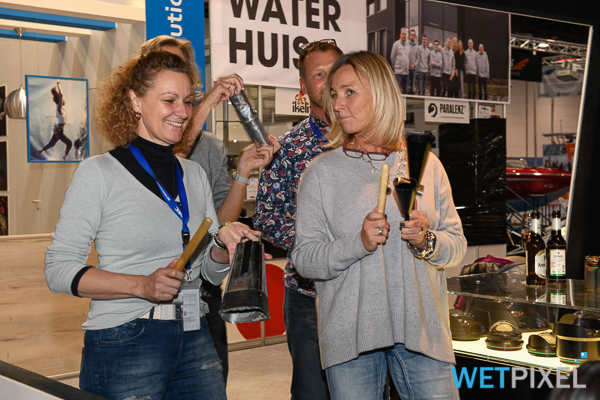
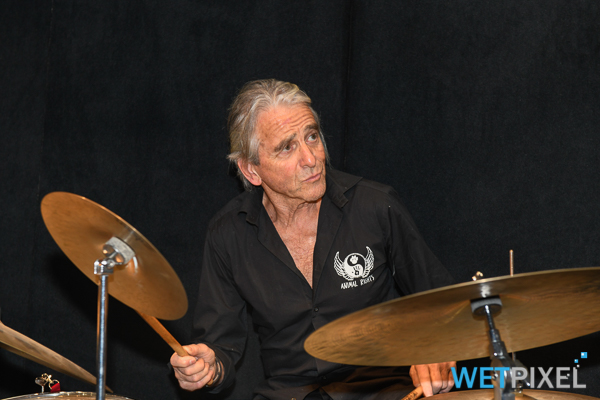
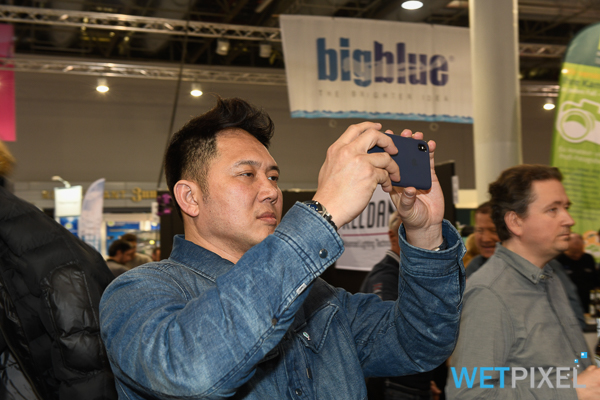
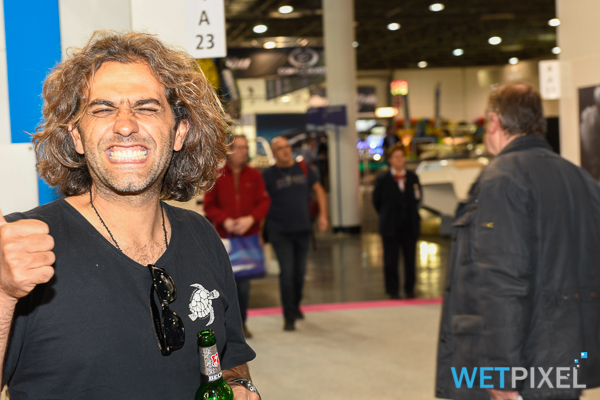
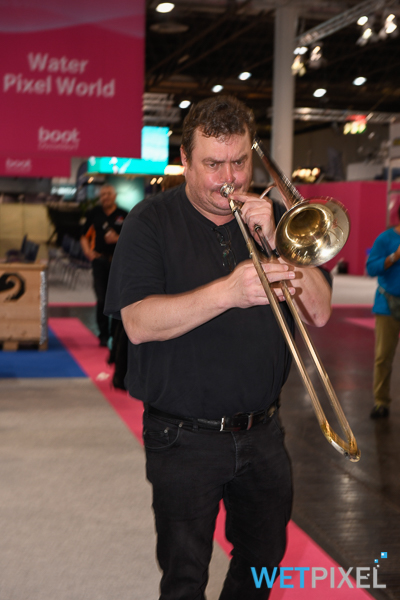
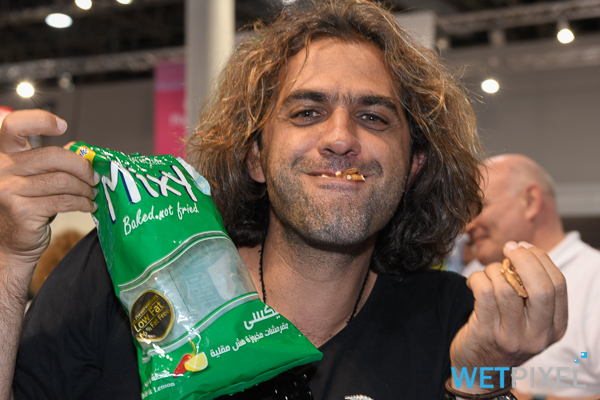
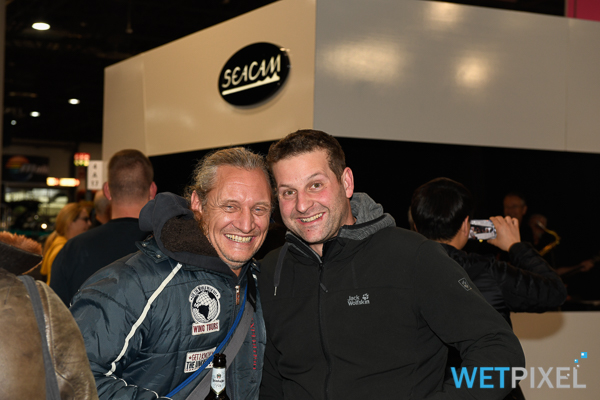
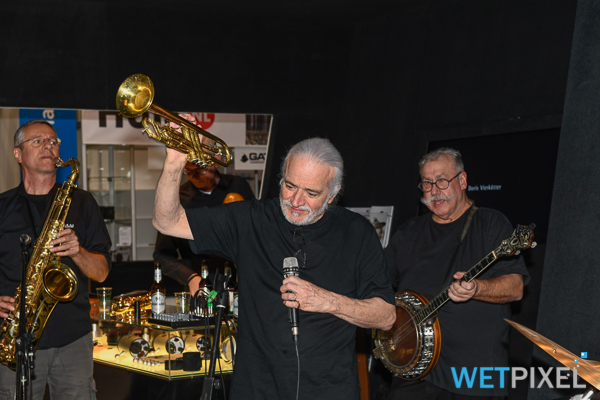
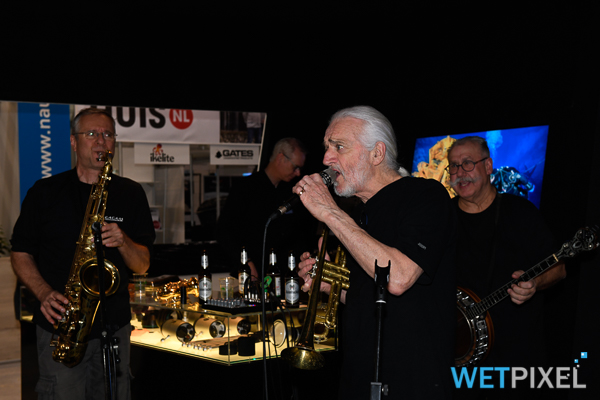
Tomorrow is my last day at the show! Stay tuned for more reports.